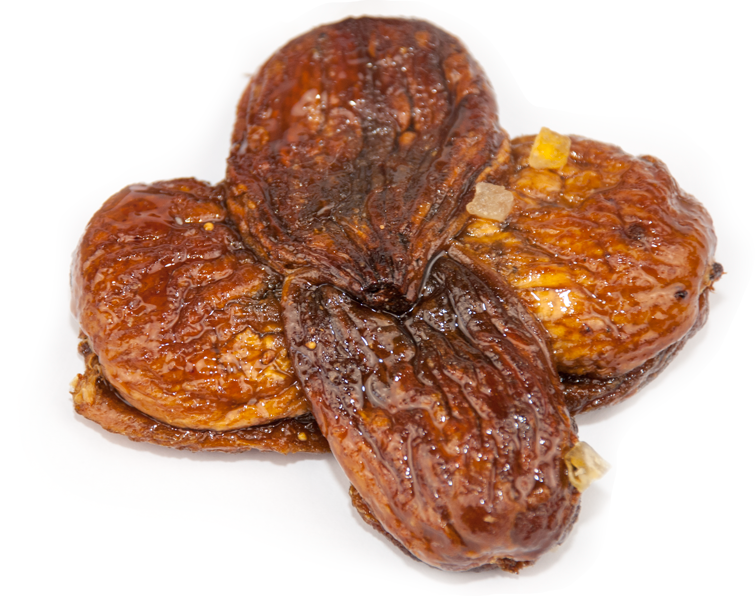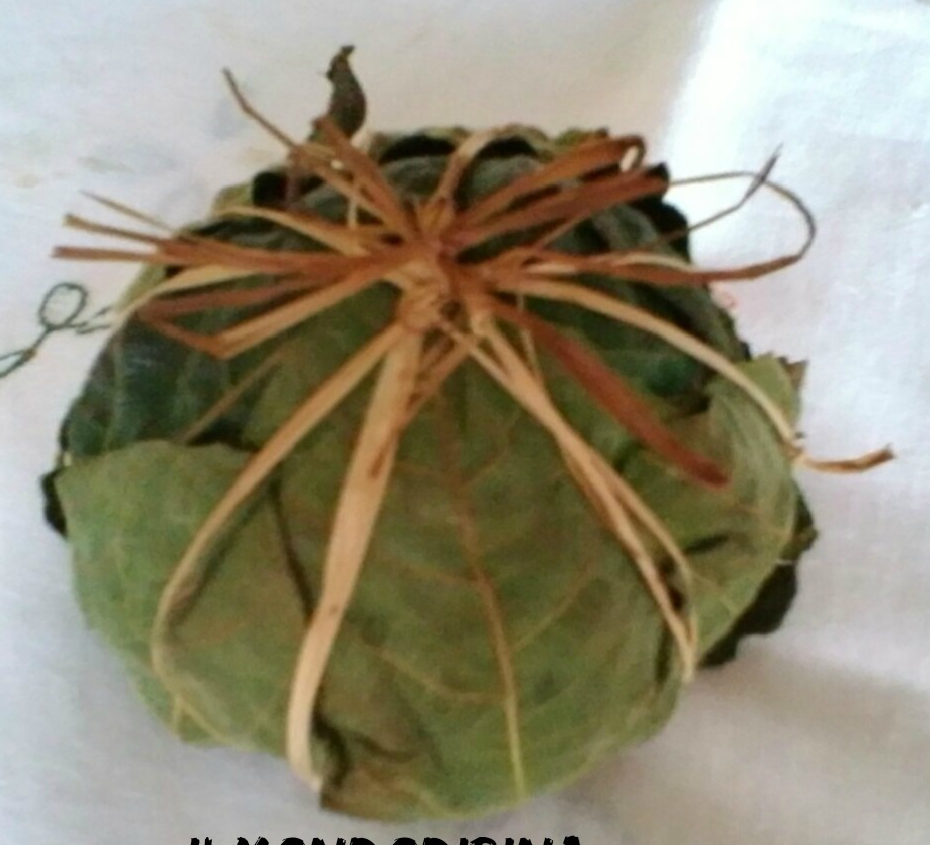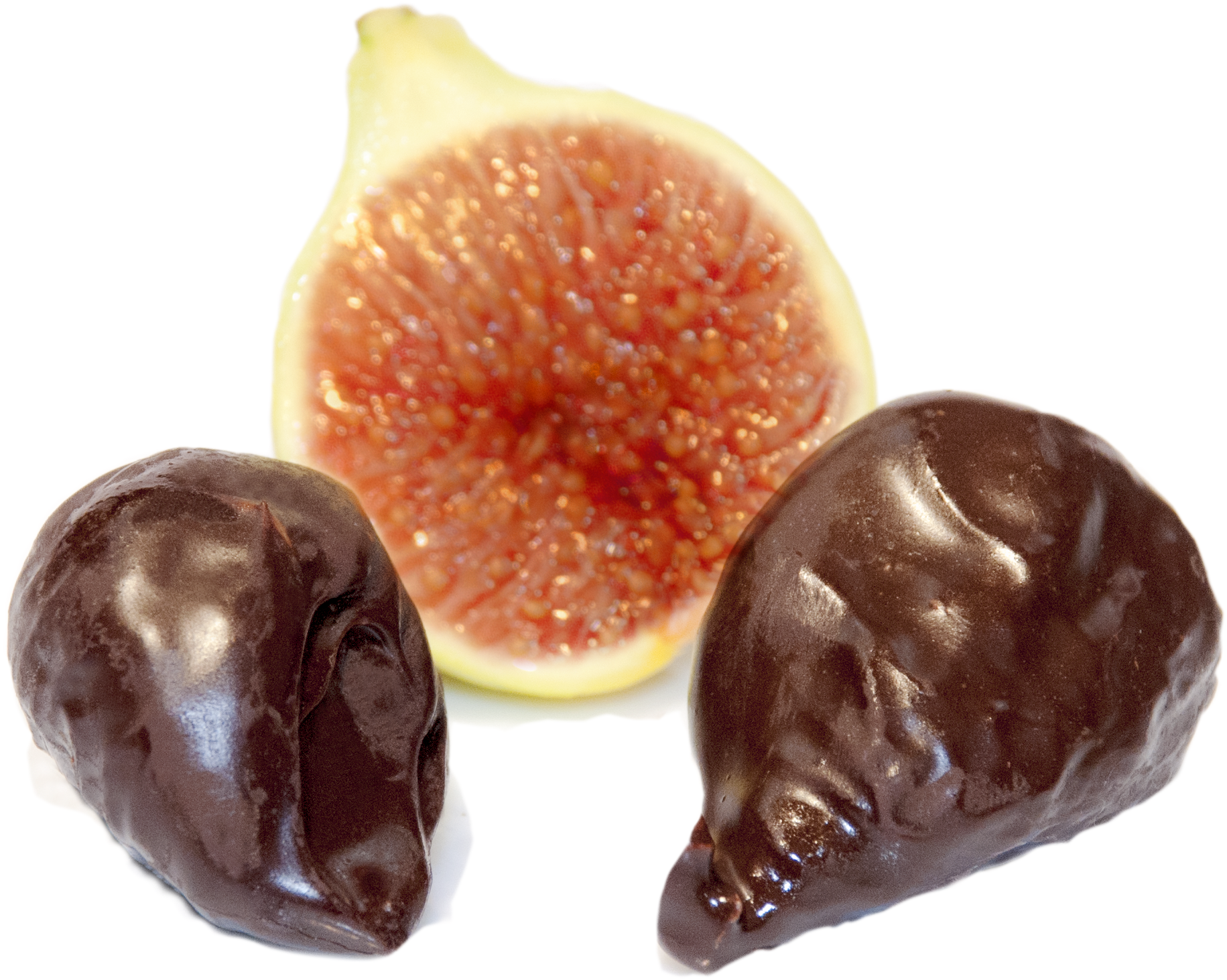The fig tree is a plant that has its roots in history and in particular in the Middle East in the territories between today's Lebanon, Palestine and Israel where the fig culture was born. The first archaeological finds are represented by some fig seeds found in the village of El Jezer (halfway between Jerusalem and Tel Aviv) dating back to the Bronze Age (about 4,500 BC). They were the Phoenicians, strong in experience both in the naval field and in the agricultural field, sailing to the Mediterranean coasts and in particular Sicily and Sardinia, who introduced the cultivation of the fig tree on our coasts. The ease of propagation typical of this plant and the mild climate flauvored its expansion. However it is to the ancient Greeks and their vast experience in the cultivation of this fruit, that we owe to the development of a real "Civilization of the Fig tree". They selected the most suitable cultivars, amongst these the“dottato“ fig, on the basis of enviromental characteristics. It is believed that "Dottato" derives from the Greek term "Optetéon" which means to dry in as much as, because the ancient Greeks identified in this variety the "excellence for the drying process". Several Greek authors dealt with the works of this fruit including Plato, Aristotle and Archilochus who in VII a.C. describes a figs culturer of Paros. Plato,gluttons of figs, said that the intelligence increases, Aristotle spoke of this with his pupil Theophrastus (the first botanist in history). Tito Livio tell us that the fig tree was dedicated to Mars and that Romulus and Remus abandoned in a basket in the waters of the Tiber, river in Rome, were stopped by a wild fig tree under which a wolf nursed them and saved them.
[space shortcode_name=”” height=”30″ responsive=”{"desktop_display":{"selected":"yes"},"tablet_landscape_display":{"selected":"yes"},"tablet_display":{"selected":"yes"},"smartphone_display":{"selected":"yes"}}” _array_keys=”{"responsive":"responsive"}” _made_with_builder=”true”][/space]concentrate on the cultivation of this variety, thus maturing specific knowledge and skills;
- avoid caprication (technique for obtaining larger figs by pollination of the plant with caprion pollen).
The cultivation of this variety has been favored by natural factors, such as a mild climate with no particular changes in temperature, limited ventilation and fertile soils. That has alongside by the human factor and in particular the experience and dexterity matured over the centuries, both in cultivation and harvest as well as in conservation and marketing.
The “ Dottato” fig has always been a precious food resource because it is sweet, satiating and above all nutritious. The fresh fruit contains vitamins A, B1 and B2, when dried is very useful for the concentrated intake of sugars, salts (potassium, sodium, magnesium, calcium, phosphorus and iron) and fibre. The organoleptic qualities and the possibility of a long preservation time (dried or oven baked and accompanied by spices) have meant that, historically, it was always present in the galleries of ships that travelled the Mediterranean seas and among the supplies of those who faced great distances in climatically hostile territories.
The Dottato fig tree can distinguished by:
- the organoleptic qualities: the fruit once fully ripen has a very sweet and tender pulp;
- seasonality: the Fioroni, first fruits, ripen in the first ten days of July. The most important production occurs in the month of August, this allows a prolonged exposure to the sun and therefore a better drying process;
- the physical characteristics: the reduced size of the fruit means that it does not fall from the tree thus the drying process actually begins on the plant itself. The ostiolo, a small aperture at the base of the fruit, is almost always closed, preventing the entrance of mould.
The dried “Dottato” figs have a teardrop shape with a thin, soft skin, the seeds are small and empty, the pulp is amber coulored.
The high sugar content gives a very sweet taste, similar to of honey, allowing an excellent sensory perception and prolonging the storage time.
[space shortcode_name=”” height=”30″ responsive=”{"desktop_display":{"selected":"yes"},"tablet_landscape_display":{"selected":"yes"},"tablet_display":{"selected":"yes"},"smartphone_display":{"selected":"yes"}}” _array_keys=”{"responsive":"responsive"}” _made_with_builder=”true”][/space]
This is the result of a centuries-old processing of figs made in a cross shape.
They are medium-sized dried figs, cut manually in half, opened and then crossed over(hence the name of a cross) and overlapped. They are filled with walnuts or almonds, pressed and baked in the oven until an amber color is obtained and finally flavored with candied fruit, bay leaves and cinnamon.

The "Palloni" represents one of the oldest workmanship. Once the fresh figs are harvested, they are left in the sun for a day, washed and drained.They are then placed in a stone oven, hermetically closed with a lid sealed in clay. The figs begin a slow and delicate cooking process that lasts for a few hours which allows us to obtain a soft and compact product which is to be wrapped in green fig leaves tied by a thin thread of willow.

Delicious dried figs intertwined one with the other and skewered on reeds oven baked and flavored with cinnamon.( This product is not available in the Casa Bertini catalogue).

Delicious small dried figs, are pressed manually between thumb and forefinger until they form small disks that are inserted in myrtle branches until they represent a corolla, oven baked and finally flavored with cinnamon.( This product is not available in the Casa Bertini catalogue).

Over the years, traditional recipes have been re-interpreted and enriched with new ingredients. Among these the extra dark chocolate used to cover dried figs previously baked and filled with almonds.
